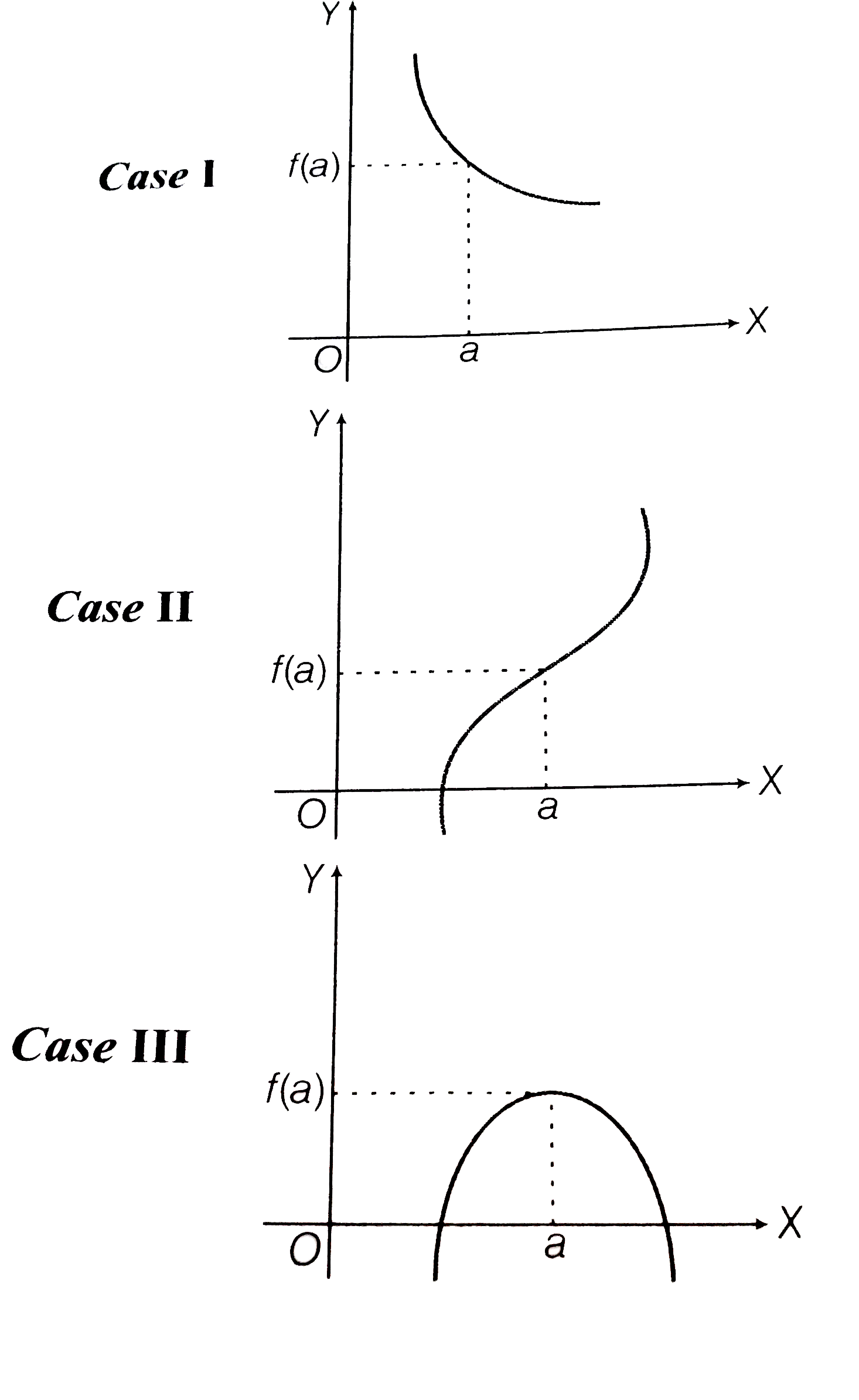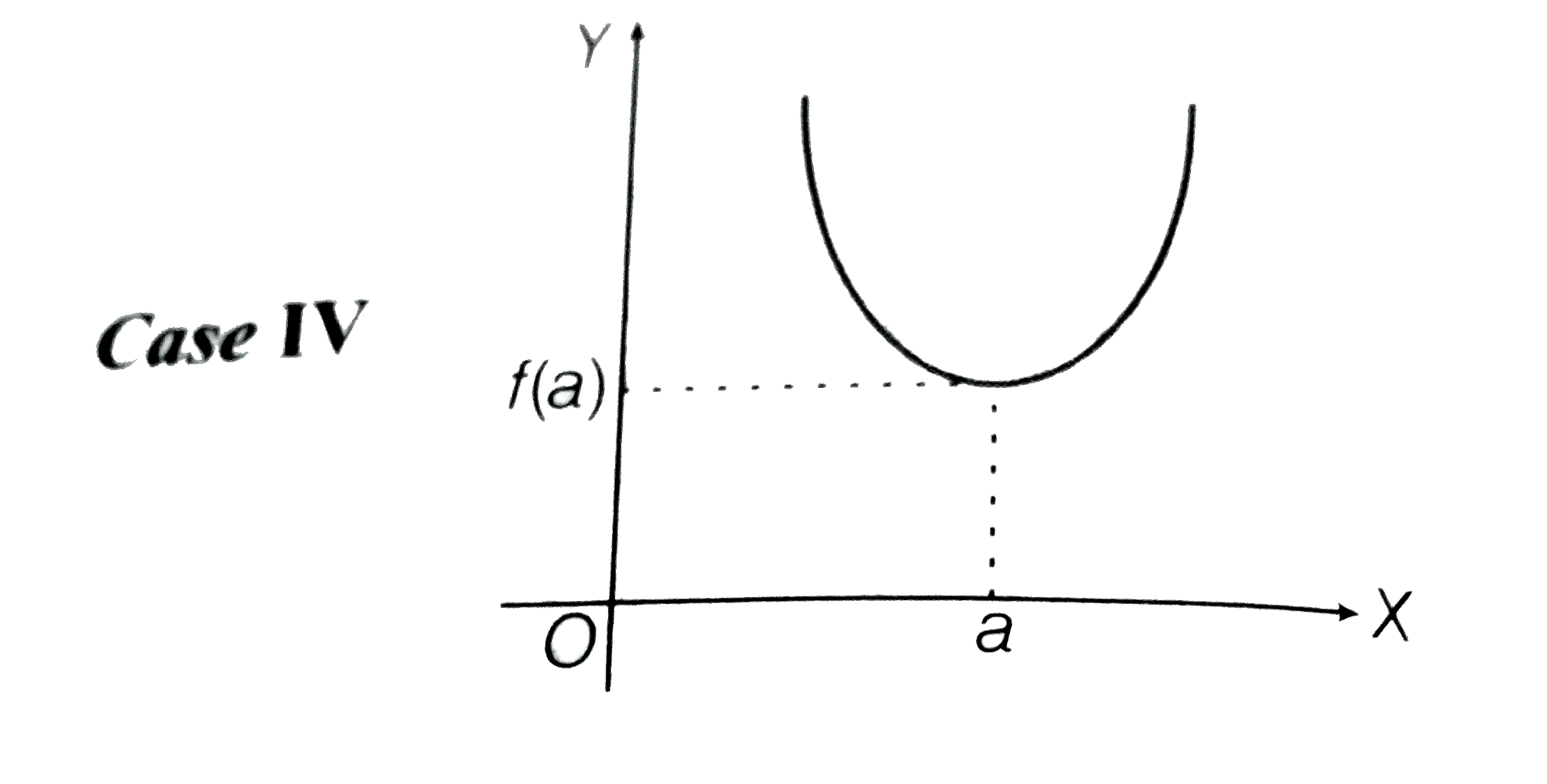If tn=14(n+2)(n+3) for n=1,2,3,, then 1t1+1t2+1t3++1t2003=Solution in Punjabi
e
e2
2e
3e
The correct Answer is:A, B, D
Step by step video & image solution for If t_n=1/4(n+2)(n+3) for n=1,2,3, , then 1/(t_1)+1/(t_2)+1/(t_3)++1/(t_(2003))= by Maths experts to help you in doubts & scoring excellent marks in Class 12 exams.
Updated on:21/07/2023Topper's Solved these Questions
- LIMITSBOOK - ARIHANT MATHSCHAPTER - LIMITSEXERCISE - Exercise (More Than One Correct Option Type Questions)
15 Videos
- LIMITSBOOK - ARIHANT MATHSCHAPTER - LIMITSEXERCISE - Exercise (Passage Based Questions)
10 Videos
- LIMITSBOOK - ARIHANT MATHSCHAPTER - LIMITSEXERCISE - SOLVED EXAMPLES
1 Videos
- INVERSE TRIGONOMETRIC FUNCTIONSBOOK - ARIHANT MATHSCHAPTER - INVERSE TRIGONOMETRIC FUNCTIONSEXERCISE - Exercise (Questions Asked In Previous 13 Years Exam)
8 Videos
- LOGARITHM AND THEIR PROPERTIESBOOK - ARIHANT MATHSCHAPTER - LOGARITHM AND THEIR PROPERTIESEXERCISE - Exercise (Questions Asked In Previous 13 Years Exam)
4 Videos
Similar Questions
If limx→∞4x(π4−tan−1(x+1x+2))=y2+4y+5 then y can be equal to
View SolutionIf limx→af(x)=1 and limx→ag(x)=∞ then limx→a{f(x)}g(x)=elimx→a(f(x)−1)g(x)
limx→0(sinxx)sinxx−sinx is equal to
View SolutionTo evaluate limx→a[f(x)], we must analyse the f(x) in right hand neighbourhood as well as in left hand neighbourhood of x=a. E.g. In case of continuous function, we may come across followign cases.


Iff(a) is an integer, the limit will exist in Case III and Case IV but not in Case I and Case II. If f(a) is not an integer, the limit exists in all the cases. ltbgt If f'(1)=−3 and limx→1[f(x)−12] does not exist, (where [.] denotes the greatest integer function), then
View SolutionIf α=3sin−1(611andβ=3cos−1(49), where the inverse trigonometric functions take only the principal values, then the correct options (s) is (are)
View SolutionIn Which quadrant Point (−2,−3) will be lie.
View SolutionIf tn=14(n+2)(n+3) for n=1,2,3,.... then 1t1+1t2+1t3+....+1t2003=
View SolutionIf (1^2-t_1)+(2^2-t_2)+......(n^2-t_n)=1/3n(n^2-1) ,then t_n is :(1) n/2 (2) n-1 (3) n+1 (4) n
View SolutionIf(12−t1)+(22−t2)+….+(n2−tn)=n(n2−1)3 then tn is equal to
View SolutionIf tn=14(n+2)(n+3) for n = 1, 2, 3,… then 1t1+1t2+….+1t2003 is equal to
View Solutionयदि tn=14(n+2)(n+3),n=1,2,3,…. के लिए, तब 1t1+1t2+1t3+….+1t2003बराबर होगा।
View SolutionThe fifth term of the sequence for which t1=1,t2=2andtn+2=tn+tn+1 is
View SolutionIf (12−t1)+(22−t2)±−−+(n2−tn)=n(n2−1)3 , then tn is equal to a. n2 b. 2n c. n2−2n d. none of these
View SolutionIf tn=14(n+2)(n+3) for n=1,2,3,.... then 1t1+1t2+1t3+....+1t2003=
View SolutionIf tn=14(n+2)(n+3) for n=1,2,3….. then 1t1+1t2+1t3+…..+1t2003=
View SolutionIf tn=14(n+2)(n+3) for n=1,2,3,....
then 1t1+1t2+1t3+....+1t2003=
View SolutionIftn=14(n+2)(n+3),n=1,2,3,..then 1t1+1t2+1t3+..+1t2003=
View Solution
